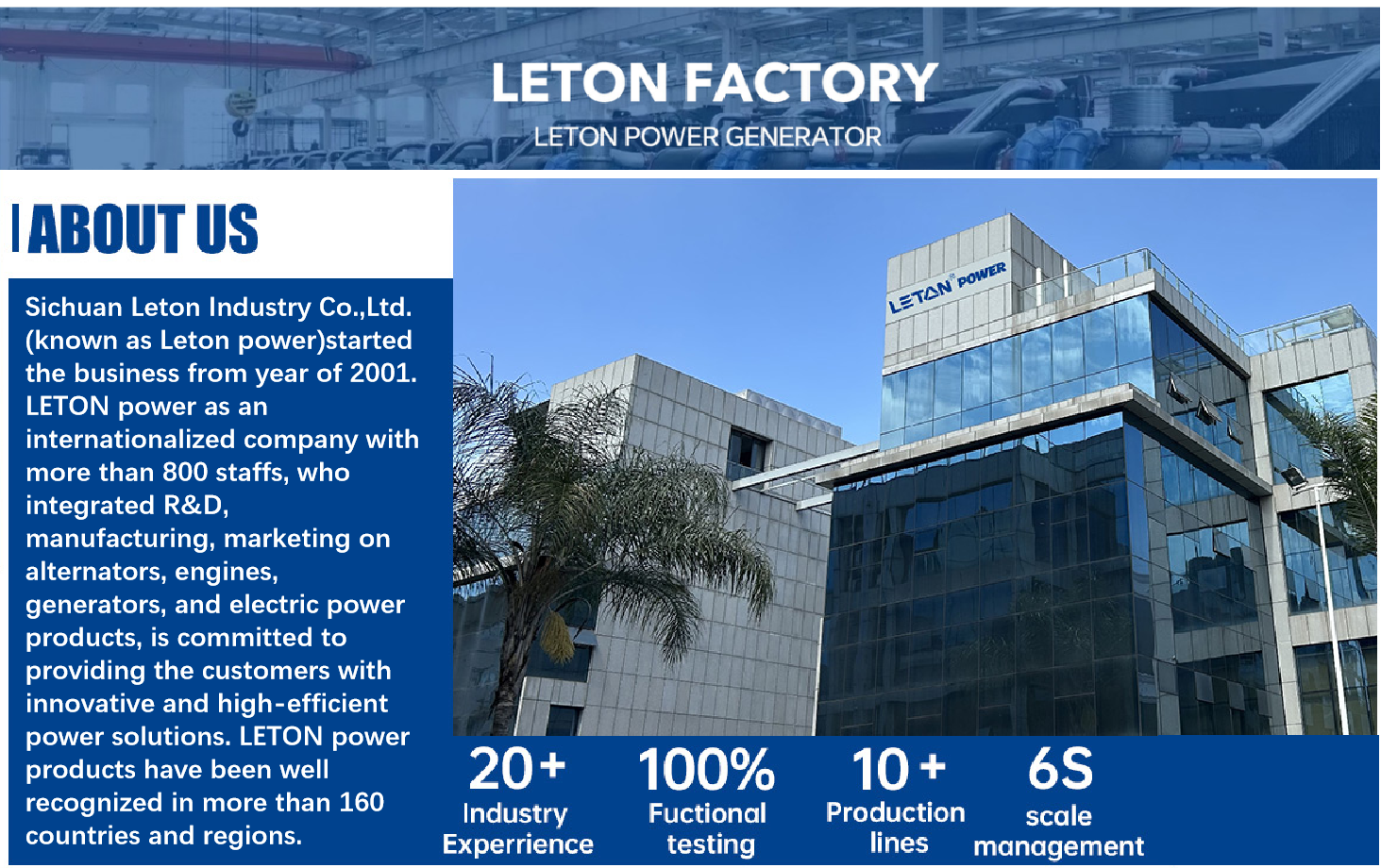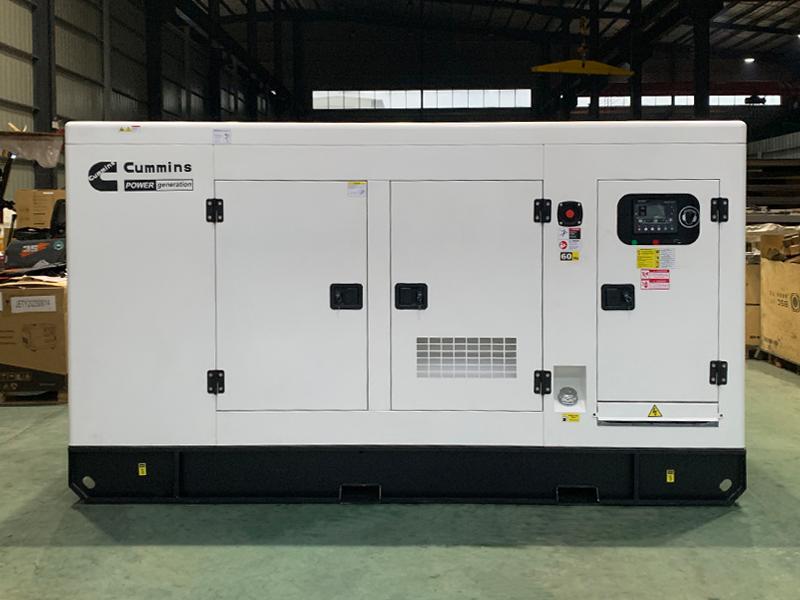In the realm of power generation and industrial machinery, effective heat management is crucial for ensuring optimal performance, longevity, and safety. One of the key technologies employed to achieve this is water cooling in generators, particularly in large-scale power plants and heavy-duty engines. Let’s delve into what a water cooling generator is, its working principle, benefits, and applications.
Definition
A water cooling generator refers to a type of generator that utilizes water as the primary coolant to dissipate the heat generated during the energy conversion process. This heat is a byproduct of the electrical energy generation, typically through the combustion of fuel (in the case of diesel or gas generators) or the conversion of mechanical energy (such as in hydroelectric or steam turbines).
Benefits
- Efficient Cooling: Water has a high heat capacity, meaning it can absorb and dissipate large amounts of heat effectively. This ensures that the generator’s components remain within their optimal operating temperature range.
- Improved Performance: Efficient cooling leads to better overall performance as the generator can operate at higher loads for extended periods without overheating.
- Increased Durability: Reduced thermal stress on generator components prolongs their lifespan, reducing maintenance costs and downtime.
- Environmental Compatibility: Water is a natural and abundant resource, making it a sustainable and environmentally friendly cooling option compared to some other coolants.
- Versatility: Water cooling systems can be adapted to various generator sizes and types, from small portable generators to large industrial power plants.

Post time: Aug-02-2024






